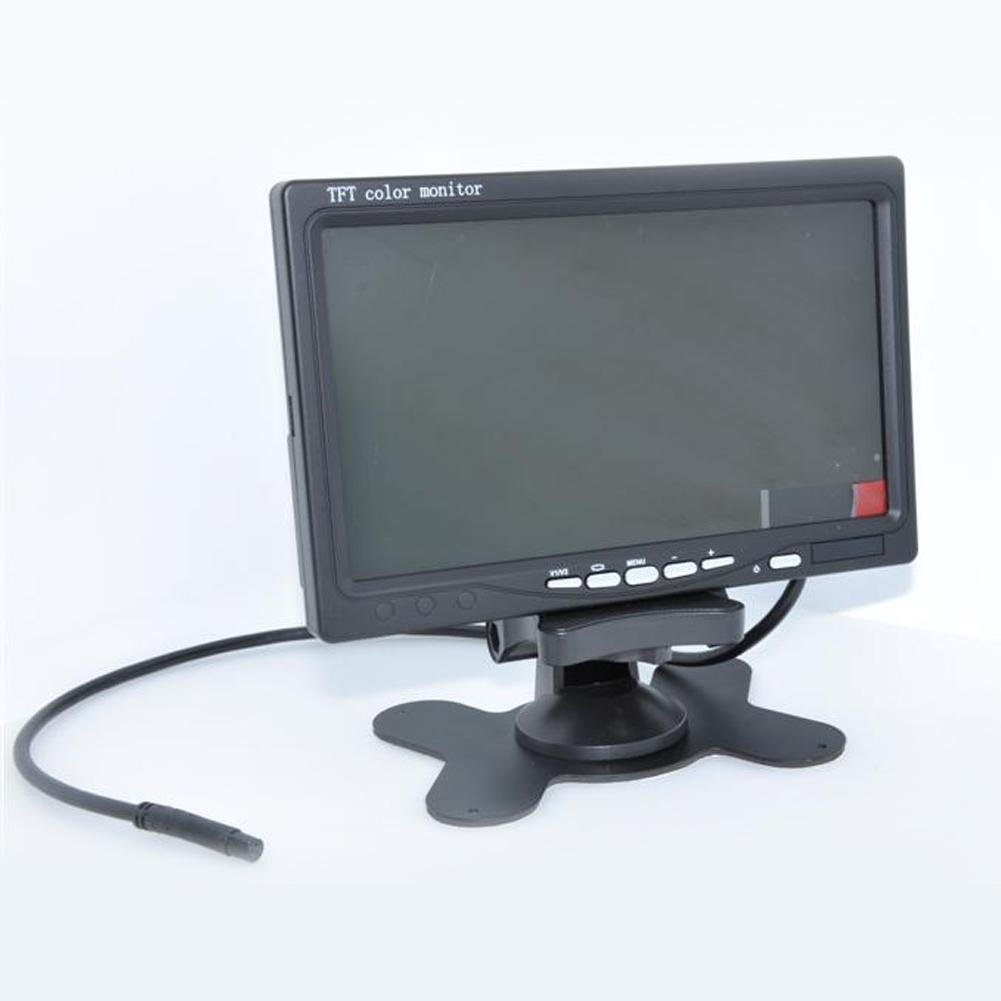Defining TFT and IPS Technologies
- TFT (Thin-Film Transistor): A broad classification that includes TN, VA, and other LCD panel types. These are grounded in affordable mass production and offer fast response times, but often suffer from limited viewing angles and inconsistent color response.
- IPS (In‑Plane Switching): A subtype of TFT LCD that aligns liquid crystals parallel to the display plane, enabling broad viewing angles (~178°), stable color fidelity, and consistent contrast from various perspectives. IPS panels typically incur higher power usage and production cost than TN variants.
Visual Ergonomics: Key Influencing Factors
Comfort during extended viewing depends on multiple factors, of which panel technology is only one dimension. The following factors warrant examination:
1. Blue Light Spectrum
Research indicates that shorter-wavelength blue light contributes to visual fatigue and potential circadian disruption. Some IPS panels incorporate low-blue-light emission engineering or filtering layers, potentially reducing harmful exposure. Several TFT subtypes may lack such mitigation unless specifically implemented.
2. Flicker Characteristics (PWM vs DC Dimming)
Brightness modulation via pulse-width modulation (PWM) can introduce imperceptible flicker. Individuals sensitive to low-frequency flicker may experience headaches or eyestrain.
- IPS monitors in the upper tier often support DC (direct current) dimming for flicker-free illumination.
- Certain TFT-based monitors also adopt DC dimming, which may account for improved comfort in particular user feedback cases.
3. Contrast Ratio & Brightness Control
Effective eye comfort benefits from high contrast and correct brightness levels.
- IPS LCDs often display less contrast in dim ambient conditions due to uniform backlight;
- VA panels (a TFT subtype) typically offer deeper black levels, but viewing quality varies based on angle.
4. Viewing Angle Consistency
IPS panels maintain uniform color and brightness across wide angles, reducing the need for frequent eye or head repositioning. TFT-TN panels may exhibit significant color shift and brightness drop when viewed off-center, increasing visual effort.
Observations from User Reports
- Users transitioning from TN to IPS have reported incidents of eyestrain and headaches, though many adapt over a period of days.
- Enhanced color accuracy or brightness in IPS panels does not guarantee improved comfort if accompanied by aggressive PWM, oversaturation, or cold display calibration.
- Reports suggest that simplified TFT setups—especially those avoiding PWM and featuring moderate color temperature—can be preferable to some individuals with heightened sensitivity.
Technical evaluation: Advantages and Limitations
| Feature | IPS Displays | TFT Displays (e.g., TN / VA) |
|---|---|---|
| Viewing Angle Consistency | Excellent (wide, consistent) | Limited, especially with TN panels |
| Color Fidelity | High | Moderate |
| Blue Light Exposure | Moderated by filtering in many models | Varies; often unmitigated |
| Dimming Technology | Typically DC in premium models | Some models are DC, others PWM |
| Response Time | ~5–8 ms, generally sufficient | Faster in TN; VA higher contrast |
| Reporting of Eyestrain | Mixed—some experiences of discomfort | Lower incidence if PWM-free |
Recommendations for Selecting Eye-Friendly Displays
- Select panels with flicker-free or DC dimming support.
- Evaluate blue-light emission specifications or use warm color presets.
- Avoid aggressive factory color profiles (especially cold, blue-rich white points).
- Prioritize IPS variants certified for eye comfort or medical-grade displays.
- Test ambient visibility—ensure appropriate brightness without glare.
Frequently Asked Questions
Q1: Is IPS always more eye-friendly than TFT?
Not necessarily. While IPS offers advantages in color consistency and viewing stability, user sensitivity to PWM or color temperature can make flicker-free TFT variants more comfortable.
Q2: Will an IPS panel eliminate eyestrain?
No. Eyestrain depends on brightness level, flicker, blue light content, and usage patterns. An IPS display with poor calibration or PWM can still cause discomfort.
Q3: Are there OLED or other technologies better for eye comfort?
OLED can reduce blue light and deliver high contrast, but screen burn-in and PWM flicker may detract. Emerging panel technologies such as e-ink, microLED, or quality transflective TFT may offer alternatives.
Q4: How do I know if my display is flicker-free?
Manufacturers may specify “flicker-free” or “PWM-free”—alternatively, photos using high-shutter-speed or flicker-detection apps can provide insight.
Q5: Which display is preferred for extended professional use?
A high-quality IPS monitor with DC dimming, adjustable warm color settings, and minimal extrapolations is commonly recommended in ergonomic workplaces.
Final Thoughts
Neither TFT nor IPS is inherently superior in all circumstances regarding eye comfort. IPS technology generally provides more consistent viewing and better color integrity, which contributes positively to comfort in controlled lighting. However, TFT variants—especially those engineered without PWM and with balanced color output—may offer comparable comfort for users sensitive to flicker or blue light.
Effective selection depends on careful evaluation of panel features: dimming method, blue-light filtering, viewing angle performance, and calibration presets. Properly configured, both TFT and IPS panels can deliver visually comfortable experiences appropriate for long-duration display usage.

